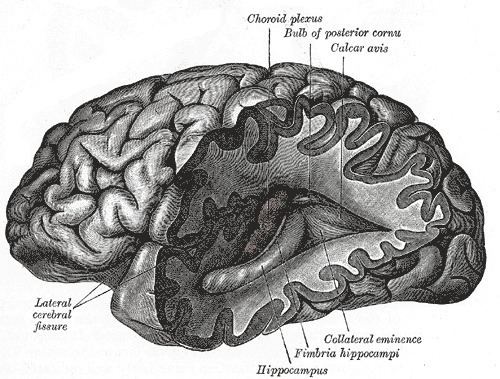 | ||
Motor disorders are disorders of the nervous system that cause abnormal and involuntary movements. They can result from damage to the motor system.
Contents
- Symptoms of Motor Disorders
- Tremor
- Causes of Motor Disorders
- Parkinsons Disease
- Ataxia
- Dystonia
- References
Motor disorders are defined in the fifth edition of the Diagnostic and Statistical Manual of Mental Disorders (DSM-5) – published in 2013 to replace the fourth text revision (DSM-IV-TR) – as a new sub-category of neurodevelopmental disorders. The DSM-5 motor disorders include developmental coordination disorder, stereotypic movement disorder, and the tic disorders including Tourette syndrome.
Symptoms of Motor Disorders
Motor disorders are malfunctions of the nervous system that cause involuntary or uncontrollable movements or actions of the body (Stone). These disorders can cause lack of intended movement or an excess of involuntary movement (Mandal). Symptoms of motor disorders include tremors, jerks, twitches, spasms, contractions, or gait problems.
Tremor
Tremor is the uncontrollable shaking of an arm or a leg. Twitches or jerks of body parts may occur due to a startling sound or unexpected, sudden pain. Spasms and contractions are temporary abnormal resting positions of hands or feet. Spasms are temporary while contractions could be permanent. Gait problems are problems with the way one walks or runs. This can mean an unsteady pace or dragging of the feet along with other possible irregularities (Stone).
Causes of Motor Disorders
Pathological changes of certain areas of the brain are the main causes of most motor disorders (Mandal). Causes of motor disorders by genetic mutation usually affect the cerebrum (Esra). The way humans move requires many parts of the brain to work together to perform a complex process. The brain must send signals to the muscles instructing them to perform a certain action. There are constant signals being sent to and from the brain and the muscles that regulate the details of the movement such as speed and direction, so when a certain part of the brain malfunctions, the signals can be incorrect or uncontrollable causing involuntary or uncontrollable actions or movements (Mandal).
Parkinson’s Disease
Parkinson's Disease is one of the most commonly known motor disorders. It is a disorder that slowly and progressively affects and alters movement, control and coordination of muscles, and balance. This disease is caused by cells being destroyed in the part of the brainstem called the substantia nigra. This is the part of the brain that controls coordination and movement ("Movement Disorders"). Symptoms of Parkinson’s disease include tremors, gait problems and spasms. One in five hundred people will have Parkinson’s disease. Being exposed to certain drugs or toxins that cause genetic mutation is the usual cause of Parkinson’s disease (Mandal). The treatments of Parkinson’s disease include medication and in some cases surgery. Medications commonly used as treatment are anticholinergics and dopamine enhancing drugs. Surgery is usually only considered when medication has been unsuccessful (“Movement Disorders”).
Ataxia
Ataxia is a motor disorder that affects the spinal cord, brain and brainstem. Symptoms of ataxia include tremors, lack of coordination, loss of balance, instability, inaccuracy, clumsiness, gait problems, speech problems, and involuntary eye movements. Medication is the main treatment of ataxia. Some of these medicines include selegiline, amantadine, entacapone, dopamine agonists, and anticholinergics (“Movement Disorders”).
Dystonia
Dystonia is a neurological motor disorder that affects muscles and causes involuntary muscle spasms, and it occurs when the part of the brain called the basal ganglia malfunctions. The basal ganglia is located in the cerebrum and is responsible for controlling the coordination, speed, and fluidity of movement as well as suppressing involuntary or unwanted movements. Dystonias can be classified by the affected part(s) of the body.
- General Dystonia - affects most or all of the body.
- Focal Dystonia - localized to a specific part of the body.
- Multifocal Dystonia - localized to two or more unrelated parts of the body.
- Segmental Dystonia - localized to two or more adjacent parts of the body.
- Hemidystonia - Involves the arm and leg on the same side of the body.
Body parts usually affected by focal dystonias include the neck, lower face, eyelids, or hands.
Typical treatments for dystonia include medication, surgery, and botox injections. Botox can reduce involuntary movements by blocking signals between muscles and nerves. When all other treatments are unsuccessful, surgery is usually used as a last resort (“Movement Disorders”).
